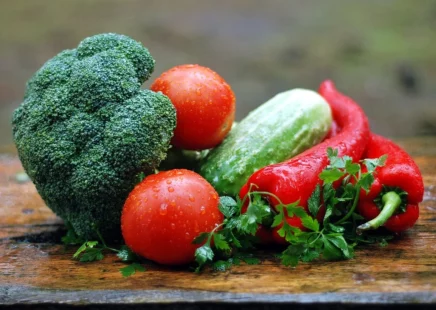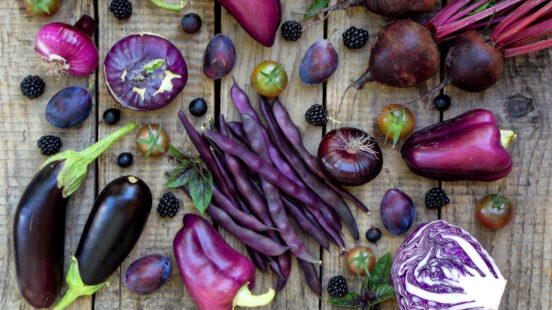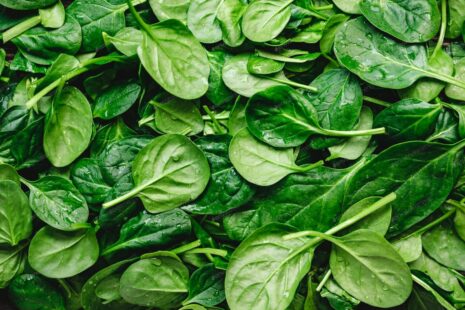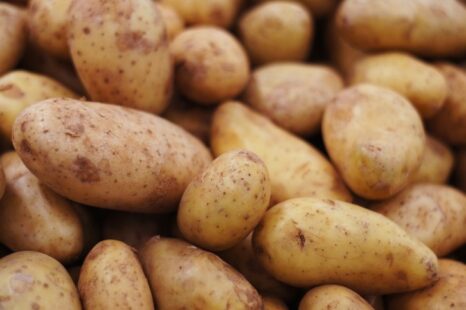June 24, 2024 • orchardtech_qt32n4

Who will be responsible for the rising costs? That is the question on everyone’s mind in the greenhouse vegetable industry. No one had an answer at the start of the current season, but growers appear to be stuck with it for the time being. It is undeniable that this condition will not persist long. Will the industry as a whole take a united stance? Who knows what will happen.
Cucumbers marked the start of the greenhouse vegetable season in the Netherlands in late January. Aubergine, courgette, bell peppers, and tomatoes were among the goods that followed. Those who don’t know any better would claim there’s nothing wrong with this industry. However, there is a very concerned sector lurking beneath the themes of crisp, healthy fruit.
This year, more than any other, has been a watershed moment for me. In late March, the distress signal that four out of ten Dutch growers are in financial trouble was finally heard. Belgian growers, like those in many other nations, are in the same boat. Since the autumn, the industry has been in danger. As soon as energy prices began to climb, the first farmers fell into difficulties. Crops were ended early, and greenhouses were left empty (for longer). Some people gave up completely or sold their greenhouses to (ornamental plant) friends. Only roughly half of the average tomato quantities were produced under lights this winter. If not from empty greenhouses, then from more cost-effective lighting and heating. Cucumber production, which is now a year-round crop, has also decreased dramatically.
These effects can still be seen in the market as of mid-April. Out of necessity, many growers are still attempting to farm differently. As a result, the output is falling. You don’t get out what you don’t put in. The start of the new greenhouse vegetable season was slower than usual, and costs were higher. Tomatoes were selling for never-before-seen rates per kilogramme in early April. Prices are far higher than they have been in recent years, as are costs. Dutch tomatoes were twice as expensive in March as they were a year ago. That just goes to highlight how strange the market is right now.
In the short term, it’s critical that growers can continue to profitably produce fruit, vegetables, flowers, and plants for general use. So, as the Dutch government advised, no decorative plant cultivation for a while was met with rejection and fury. Bridging loans from the government might assist growers in getting through these challenging times. Growers, particularly generations of growers, do not want to be staring at an empty greenhouse. Alternatively, you might run a cogeneration plant to generate electricity that you can then put back into the grid. For some producers, this is a good source of money since that gas prices have pushed up energy bills. However, they would want to cultivate vegetables, fruits, flowers, or plants, just like their fellow producers who do not have this advantage.

It seems that Australia is heading towards a colourful palette. In recent times, coloured vegetables are taking over the fresh markets. For instance, Australians have been enjoying the aesthetic eggplants, beetroots and cabbages. Now adding to this selection, producers have also introduced purple cauliflower, carrots and broccoli. These purple ‘greens’ are now available in supermarkets […]
Read More →
While growers appreciate rain, it may often be excessive. Additionally, rain is viewed as a godsend in a place like Australia, where summer temperatures can reach dangerously high levels. “The weather has been fairly nice over the last six months,” says Vincent Eysseric of Coolibah Herbs, “but we did have an abnormally rainy spring.” It […]
Read More →
Thomas Foods International is investing in a major processing unit to beat the time on potato shelf life. As part of extensive upgrades to its Penfield Gardens-based manufacturing plant, the firm, which is one of Australia’s leading food processors, has built a world-first Spectrim potato grading line. A 12-lane Compac sorter with Spectrim grading technology, […]
Read More →